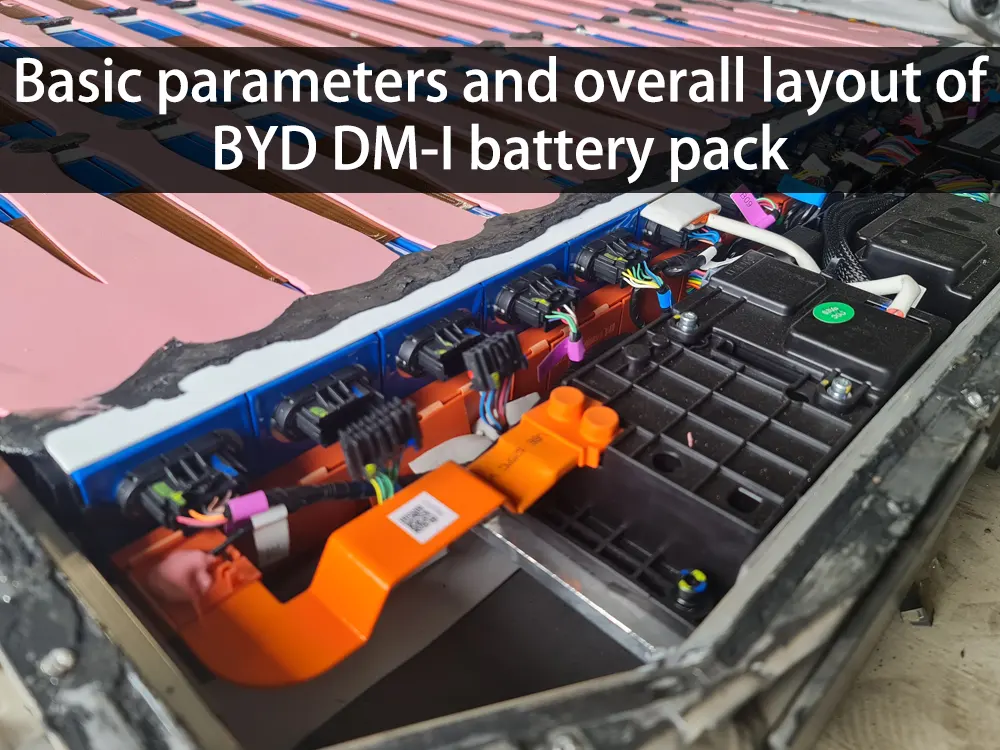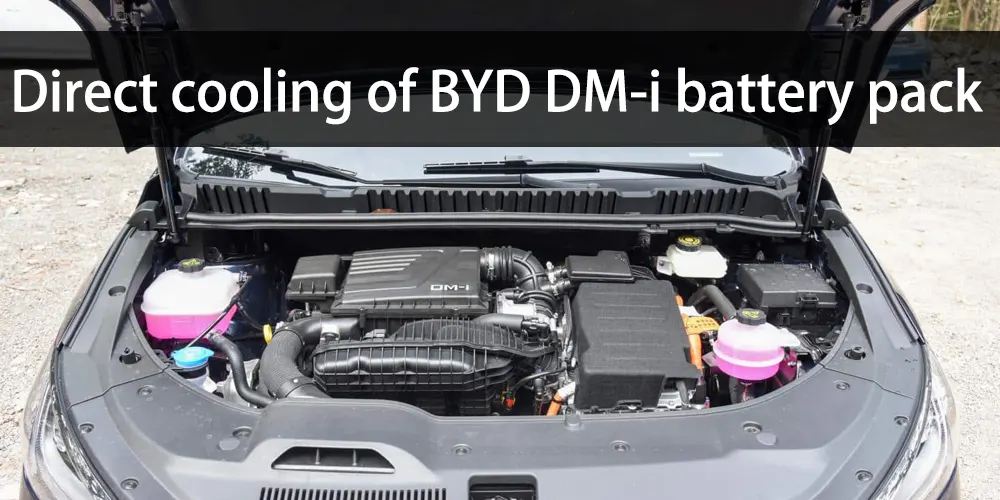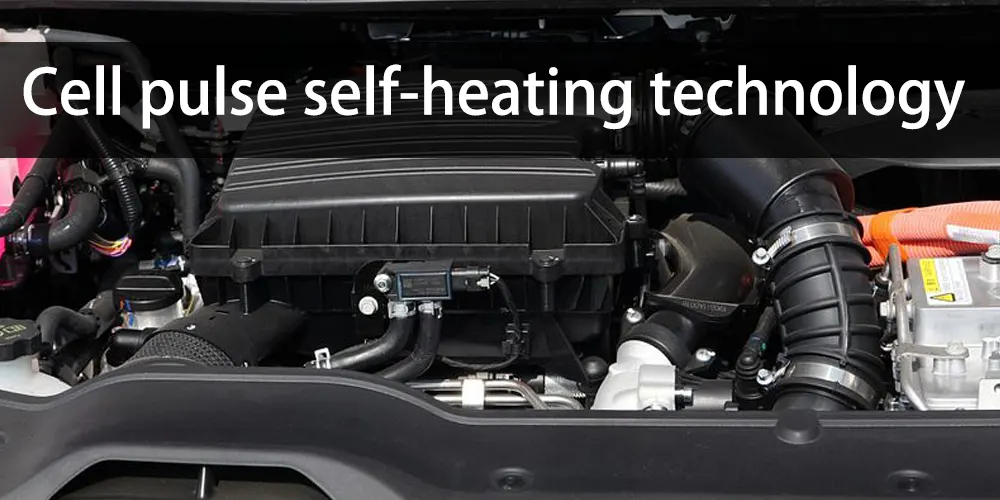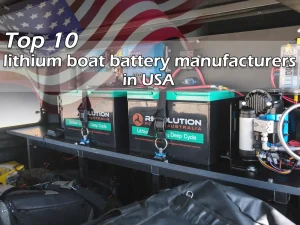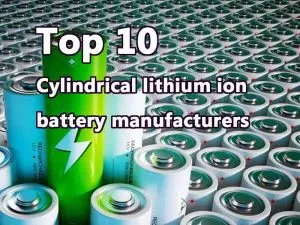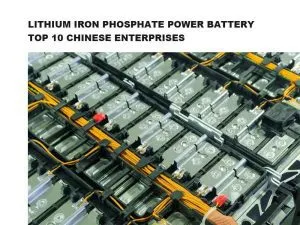Home » battery industry » Basic parameters and overall layout of BYD DM-I battery pack
Basic parameters and overall layout of BYD DM-I battery pack

Among the top 10 power battery companies in the world, LGES, BYD, SKon, CALB and Envision AESC are laying out lamination routes.
This article will introduce basic parameters and overall layout of BYD DM-I battery pack.
BYD DM-I battery pack
The BYD DM-I battery pack uses “pouch blade” batteries. That is, multiple bare cells are connected in series in a square aluminum shell, which is convenient to increase the voltage of the whole package.
The pouch blade battery of DM-i adopts an 8-series solution. The rated voltage of the entire battery cell is 25.6V, and the charge capacity is about 1.22kWh.
BYD’s current blade series batteries are mainly divided into long blades, short blades, soft blades, and square blades. Only soft-knife batteries use this idea of grouping bare cells.
The inside of the DM-i blade battery is still a lithium iron phosphate battery. Although lithium iron phosphate itself is safer and more stable, its energy density cannot compete with ternary lithium battery.
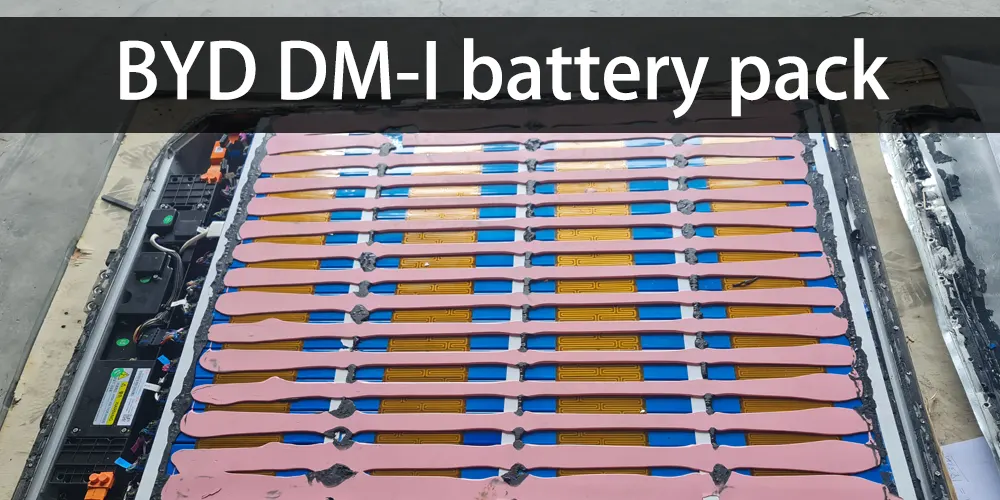
Through the CTP packaging process, the cables and structural parts inside the battery pack are reduced, the volume of the battery pack is reduced, and the energy density is increased.
In essence, a pouch blade cell is equivalent to a small module. Therefore, BYD pouch blade batteries have their own independent high and low voltage interfaces.
There is a more serious problem with the pouch blade, which is liquid leakage. Since it is connected in series with multiple bare cells, there are multiple connection points, which makes it have a relatively high frequency of electrolyte leakage.
Overall layout of BYD DM-I battery pack
Take the DM-i battery pack of the V67 product as an example, the rated capacity is 47.7Ah, and the rated voltage is 384V. The outer surface of DM-i is equipped with a layer of insulation measures, and the insulation layer and the cold plate form a cover assembly.
The lower box is divided into two areas, one is the cell grouping area, a total of 15 pouch blade cells are arranged along the axial direction of the battery pack.
The other area is the high and low voltage control area, namely the distribution box and BMS. A thermal conductive glue and a heating film are arranged between the battery core and the cold plate.
The plane layout and Z-direction structure of the entire battery system are as follows:
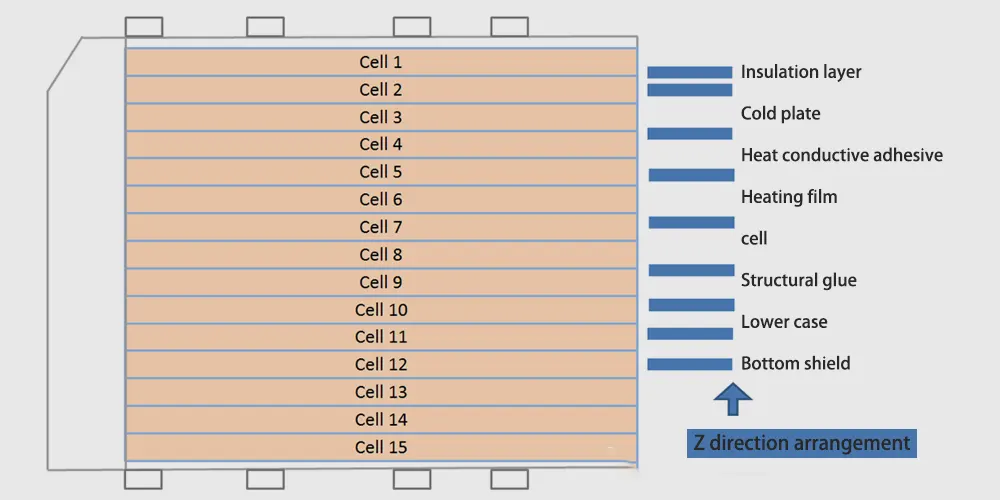
Direct cooling and self-heating of BYD DM-I battery pack
BYD has adopted direct cooling technology on a large scale in the DM-i series models. The difference in the flow path means that the cooling efficiency is different.
According to BYD officials, compared with liquid cooling, direct cooling has one less stage of heat exchange, which increases the heat exchange efficiency of the system by 20%.
Refrigerants are two-phase fluids, and the development of direct cooling is more difficult than liquid cooling, mainly in cold plate design and strategic control. Plus the lack of simulation means, testing means, and sealing means.
If the battery needs to be charged and discharged at a high rate, it needs to be cooled efficiently, or the risk caused by liquid leakage should be considered.
The following benefits of direct cooling technology:
● The cooling speed is fast, the evaporation temperature of the refrigerant is low, and the liquid cooling conversion of the chiller is missing;
● High cooling efficiency and low energy consumption, less interaction between chiller refrigerant and refrigerant;
● High safety, will not cause short circuit like liquid cooling;
● It can reduce the weight of the whole vehicle and save part of the weight of parts and refrigerant;
● Reduce costs and save some parts.
BMW engineers tried to explore the refrigerant direct cooling technology on the first generation BMW I3. Most of BMW’s plug-in hybrid models use refrigerant direct cooling technology.
The refrigerant direct cooling battery thermal management system used in BMW’s PHEV currently uses a water-cooled condenser, and the condensed refrigerant is divided into two circuits for supply through the refrigerant pipeline.
For heating, BYD did not take the same cooling channel as direct heating, nor did it use a heat pump or use the waste heat of the engine. Instead, it adopted the battery pulse self-heating technology for the first time.
This brand-new pulse self-heating technology is based on actively controlling the high-frequency charging and discharging times and power of the battery, so that heat is generated inside the battery to achieve self-heating effect.
According to BYD’s description, the pulse self-heating principle is to control the high-frequency self-discharge of the battery through the BMS battery management system, so that the internal heat of the single battery can be generated.
By heating the battery pack in this way, the average temperature of the battery pack will be better, and the heating efficiency is 10% higher than that of traditional liquid heat.
Summary
The battery and thermal management control technology of BYD DM models continues to evolve, and has gone through three development stages: lithium iron phosphate battery-ternary lithium battery-blade battery.
Thermal management control technology ranges from passive air cooling, active liquid cooling, active liquid cooling + PTC low-temperature preheating, to direct cooling heat dissipation + pulse self-heating conversion. BYD keeps updating its battery technology and battery solution.
Thanks to the structural advantage of the soft blade, DM-i can make the space utilization rate of the whole system reach 65%, which enables it to make better use of the existing space.
However, as mentioned above, the soft blade itself The internal grouping has a relatively large failure problem, and how the soft-knife-based solution will go in the future remains to be studied.

